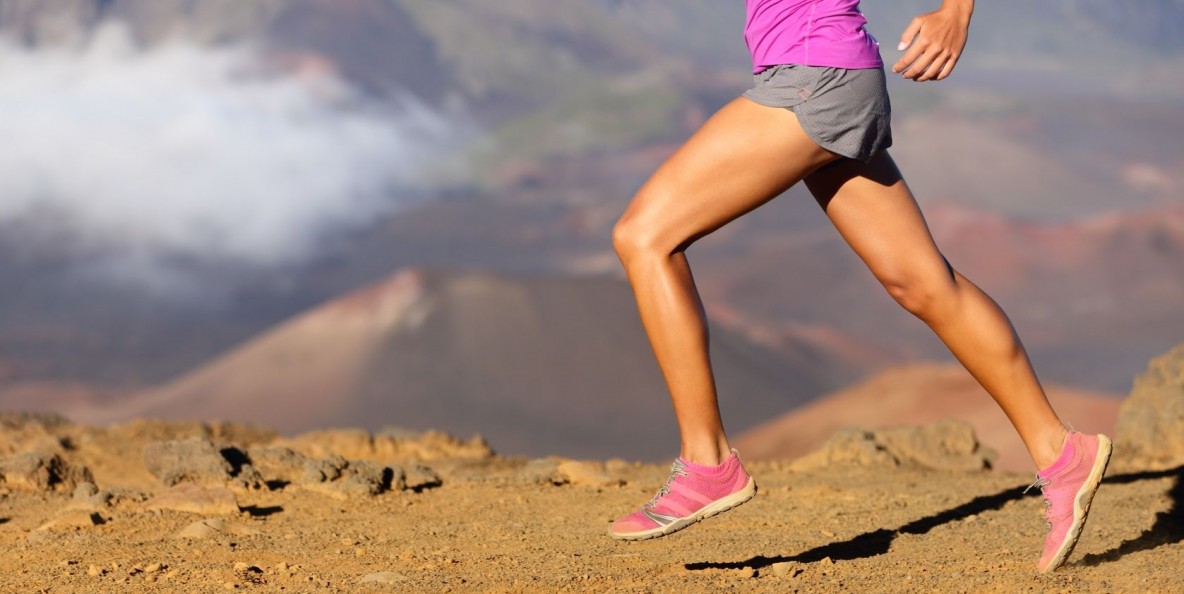Often times when we go to the gym we forget to exercise an important set of muscles – our calves. The dilemma with training calves is that they are difficult muscles to develop. Every person has a slightly different structure and form, and some people have larger muscles than others. The calf is the region between your knee and ankle at the back of your lower leg. Just a few extra inches in muscle mass can make a big difference to the way they look. Often those with higher calves have a harder time developing muscle, but it is still important to get a great calf workout for increased power and stabilization.
Benefits of training your calves:
- Protect from calf pulls: calf pulls are among the most common injuries for runners and athletes. If you don’t train the calf muscles you are at greater risk of developing an injury. The calf is made of a larger gastrocnemius and a smaller soleus muscle. A pull occurs when one of these muscles separates from the Achilles tendon by stretching too far. The recovery time can last from a few weeks to months depending on the severity of the injury.
- Stabilization: calves help to stabilize ankles and feet by preventing pronation and supination (or ankle rolls). Runners, walkers and all athletes can lower their chance of injury by strengthening their calf muscles.
- Power: our calf muscles lift the heel when we are running, walking and jumping. The gastrocnemius muscle generates power. In fact, athletes who want to increase their vertical jump target this muscle.
Calf workouts:
When training your calves, it is important to do 2-3 minutes of stretching before your workout, in between reps and after your workout. An example of a simple stretch is the Wall Calf Stretch:
- Stand a little less than arm’s distance from the wall.
- Step your left leg forward and your right leg back, keeping your feet parallel.
- Bend your left knee and press through your right heel.
- Hold for 20 to 30 seconds and switch legs.
After stretching you can begin your workout. Below are three great calf exercises, be sure to start off slowly, especially if you have neglected this muscle group as your muscles can become very sore if you do too much the first few times. Calves usually respond well to higher repetitions, so pick one exercise and perform twice each week with at least one day in between, then switch exercises the next week for variation.
- Standing calf raises: Stand on a stair or the edge of an aerobic step and raise your body up and down while keeping your legs straight, ensure you are holding something sturdy for support. Go all the way up and down and work towards performing 3 sets of 15-25 reps. Once this becomes easy you can progress to performing it with one leg at a time.
- Seated calf raises: This is a classic calf movement and most gyms have this machine. This exercise is great for shaping calves. By targeting the inner and outer parts of the muscles it gives calves a wider look. Complete three sets of 15 – 20 reps with a comfortable weight.
- Calf raises on leg press: this is a great overall calf exercise. Complete 20-25 reps. Use a comfortable weight and ensure full range of motion.

